The Australian outback features sandstone rocks, canyons, and salt plains. This territory contains geological formations like Uluru, Kata Tjuta, and Kings Canyon. The area includes underground towns, meteor craters, waterfalls, and cave systems. The region also houses rainforest, coral reefs, and wildlife areas.
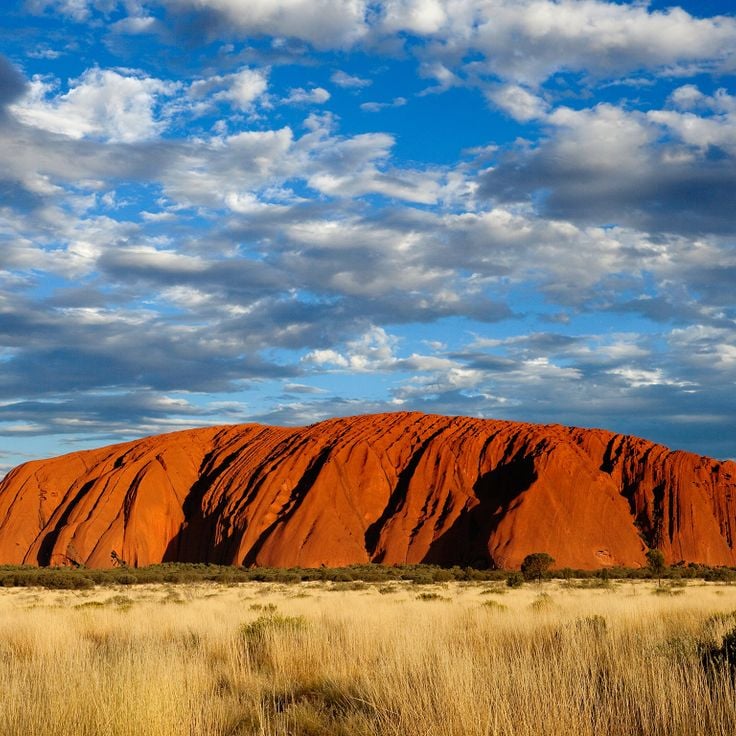
Northern Territory, Australia
The red sandstone monolith rises 348 meters above the plain. It holds cultural importance for Aboriginal people.

Northern Territory, Australia
36 rounded red sandstone rock formations rise above the desert. The highest peak reaches 546 meters.
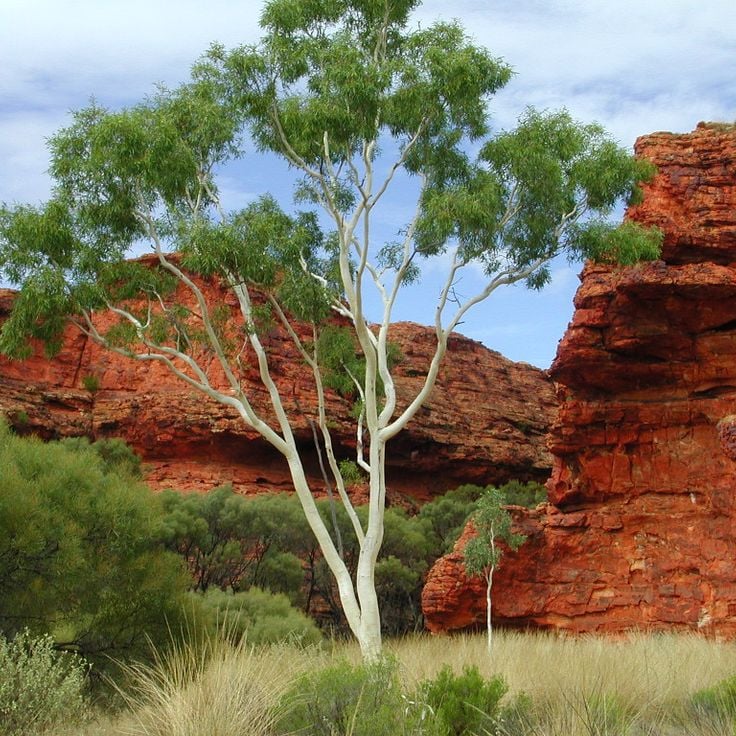
Northern Territory, Australia
The sandstone canyon is 270 meters deep. The red rock walls contrast with green vegetation at the bottom.
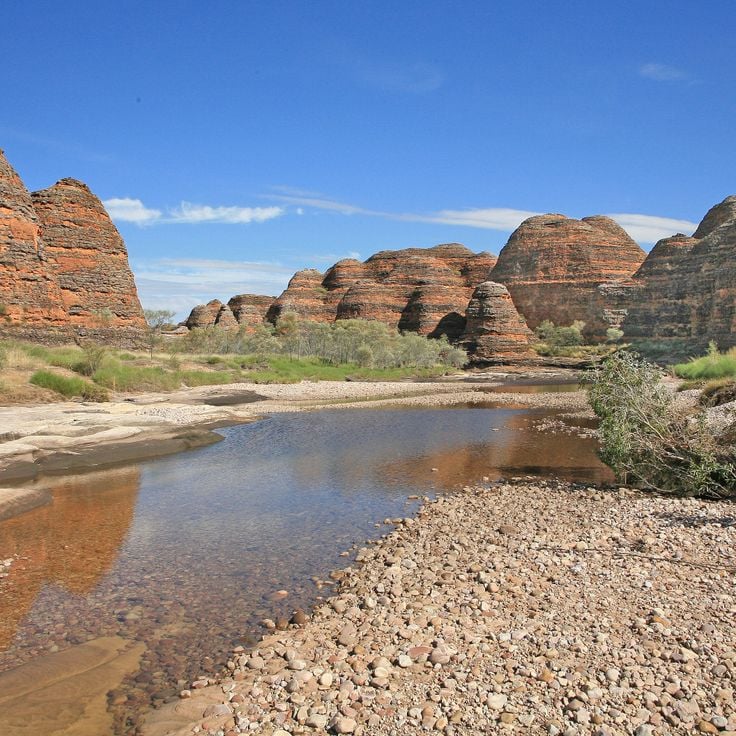
Western Australia, Australia
The striped sandstone towers rise up to 300 meters. The orange and gray layers formed through weathering.
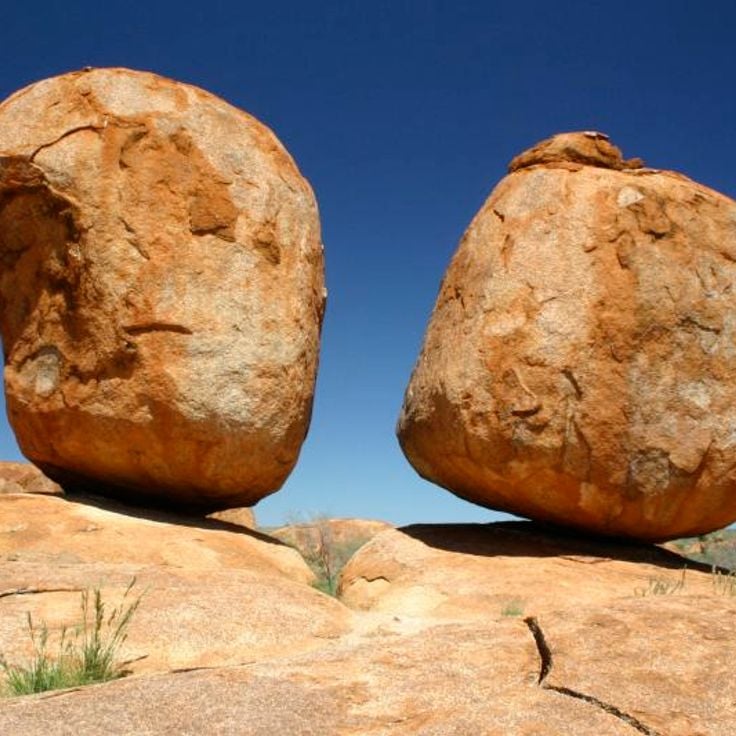
Northern Territory, Australia
Large granite rocks spread across 1800 hectares in a flat landscape of the Australian outback.
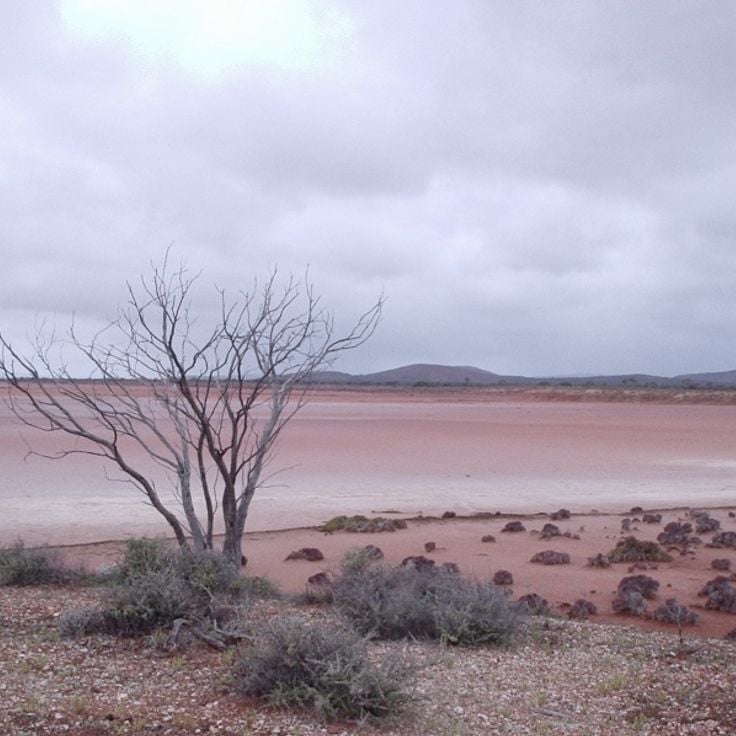
South Australia, Australia
Salt lake covering 4300 square kilometers, used for speed records and motorsport events.
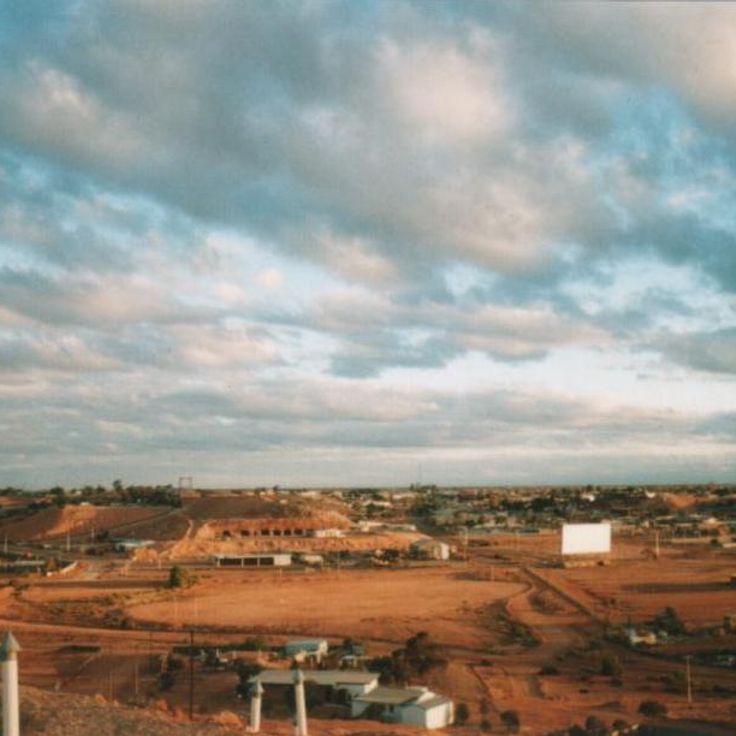
South Australia, Australia
The town contains over 250000 mine shafts and 3500 residents live in underground homes to avoid heat.
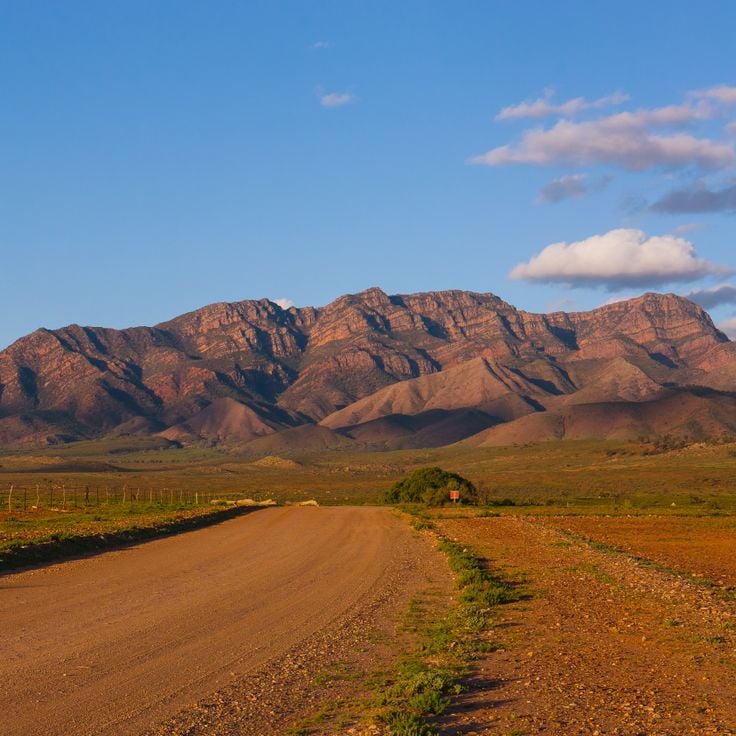
South Australia, Australia
A mountain basin measuring 17 kilometers in length and 8 kilometers in width in the Flinders Ranges.
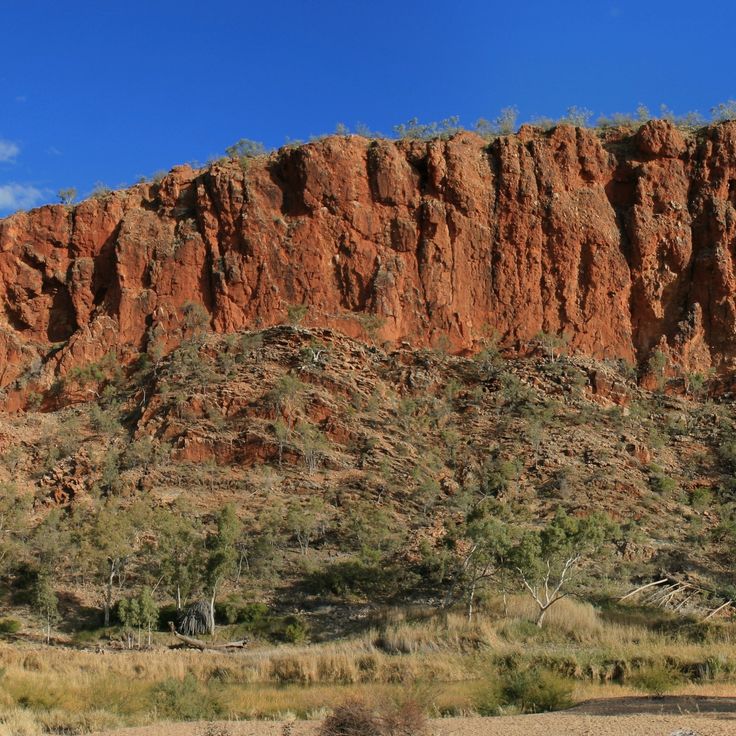
Northern Territory, Australia
The mountain ranges extend for 644 kilometers and contain deep gorges with numerous Aboriginal rock paintings.

Western Australia, Australia
A meteorite crater measuring 880 meters in diameter, formed approximately 300,000 years ago by a meteorite impact.
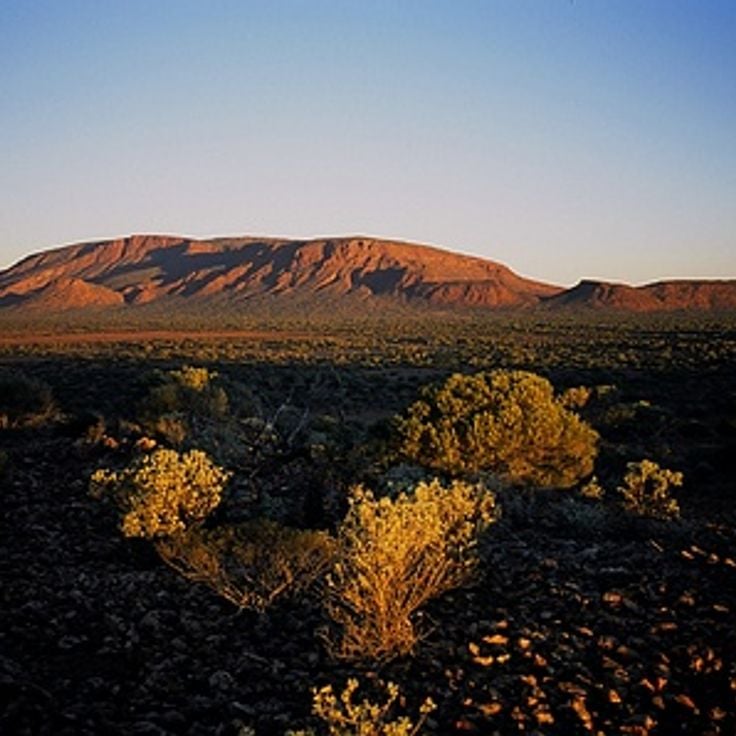
Western Australia, Australia
A 1106-meter-high red sandstone monolith with a circumference of 49 kilometers.
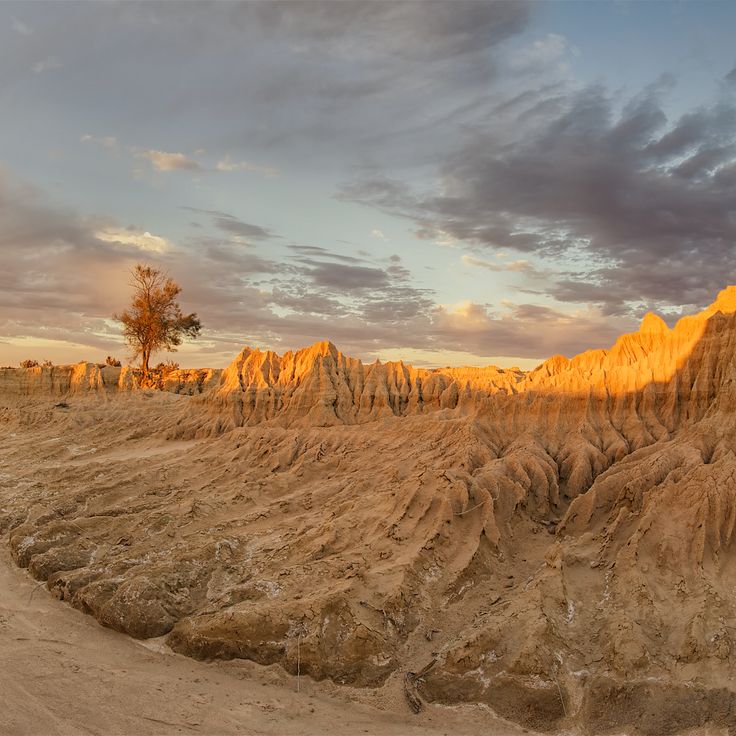
New South Wales, Australia
A site containing 42,000-year-old human remains and sand dunes that hold fossils and artifacts.
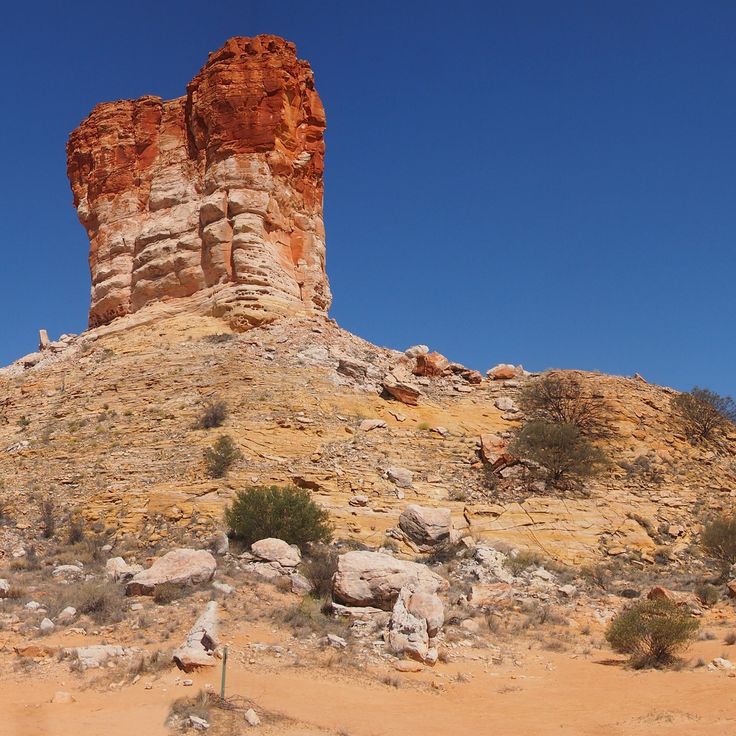
Northern Territory, Australia
This sandstone formation reaches 50 meters in height and stands isolated in the red sand desert of the outback.
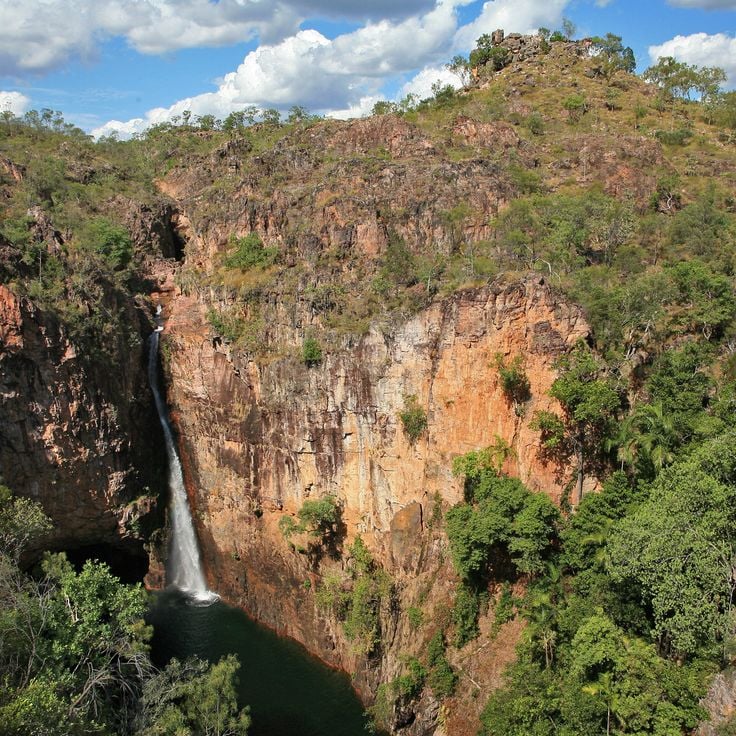
Northern Territory, Australia
The park contains several waterfalls, natural swimming pools and two-meter-high termite mounds with precise north-south orientation.
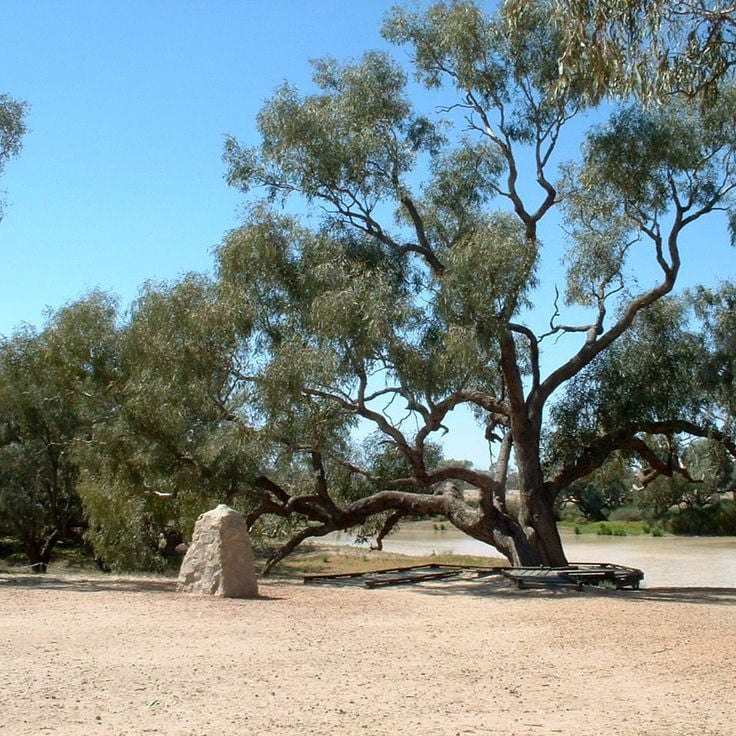
Queensland, Australia
A eucalyptus tree with historical markings that served as a camp site for the Burke and Wills expedition of 1861.
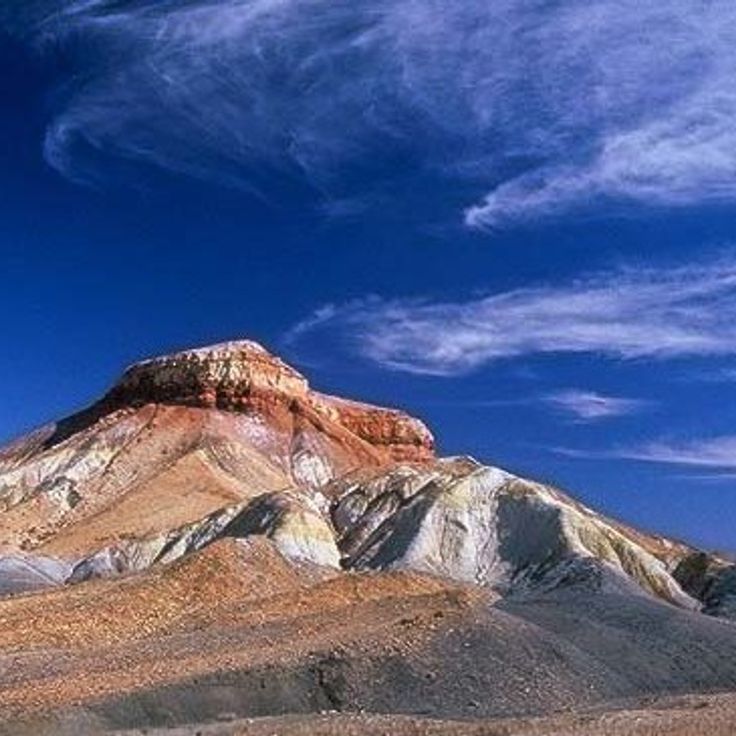
South Australia, Australia
An area of multicolored hills composed of sandstone, clay and silt, colored by mineral deposits.
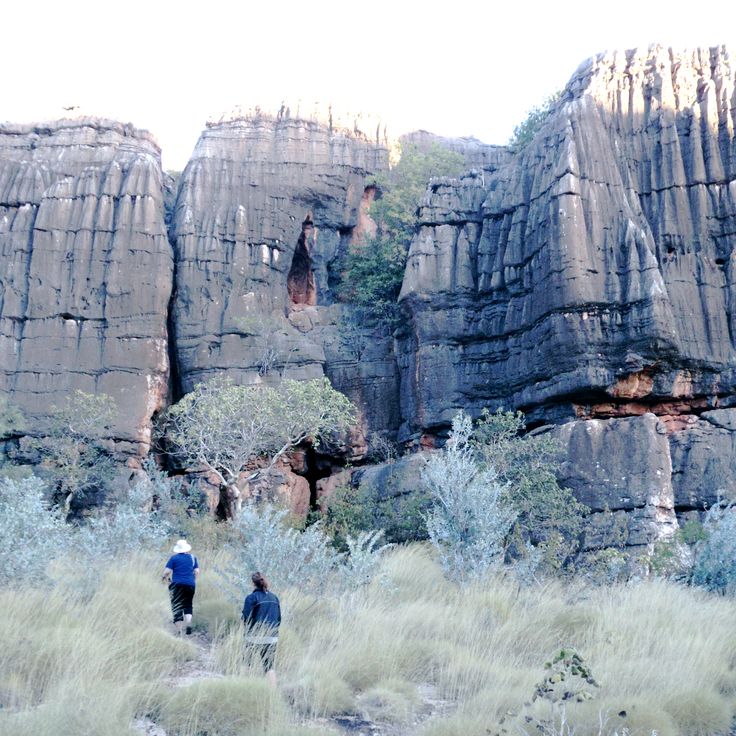
Western Australia, Australia
The limestone caves formed during the Devonian period create an underground system. The Gooniyandi community guides visitors through culturally significant sites.
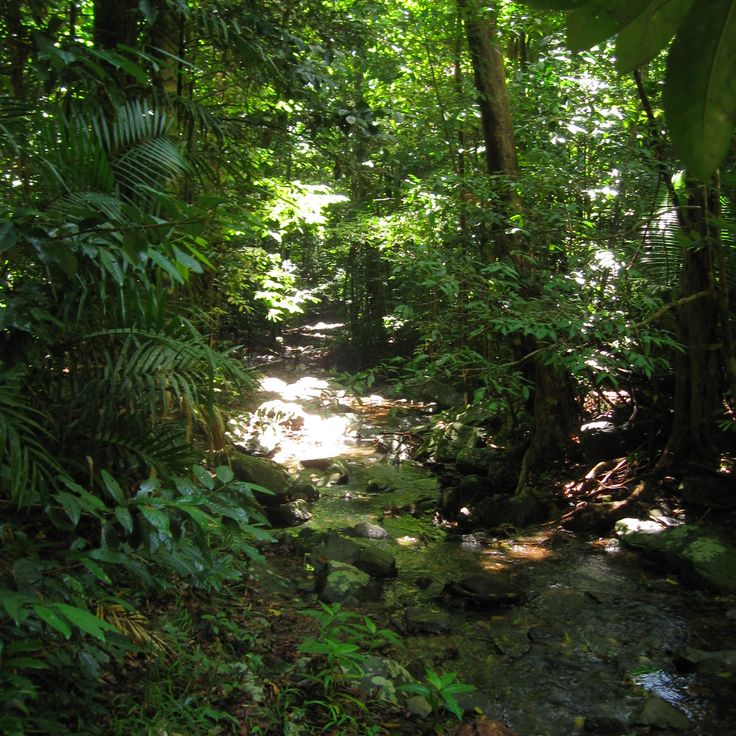
Queensland, Australia
The 180 million year old tropical forest houses 3000 plant species. The forest canopy reaches heights of 45 meters.
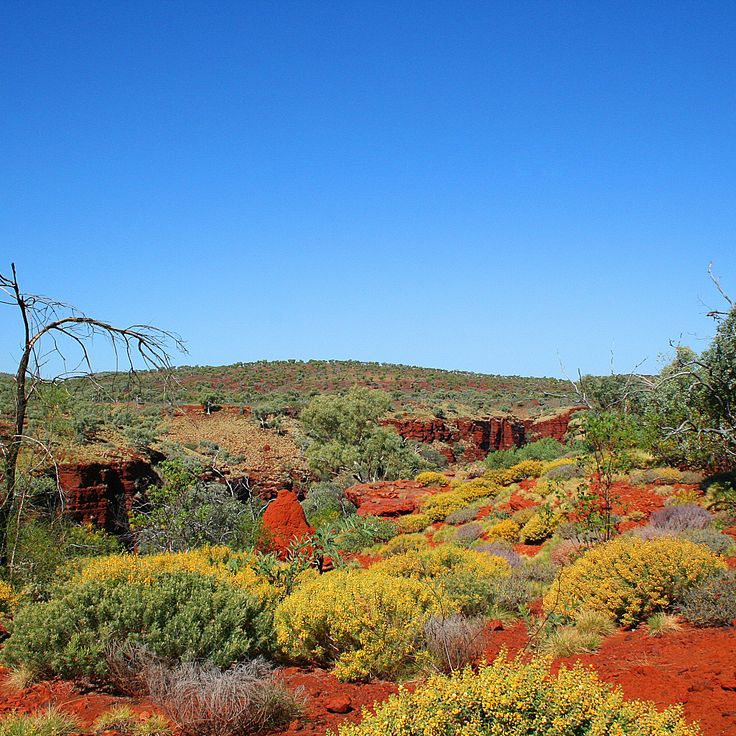
Western Australia, Australia
The park contains gorges with red rock walls up to 100 meters deep. Several waterfalls flow into natural pools.

Queensland, Australia
The peninsula extends over 137000 square kilometers. The area contains monsoon forests, savannas and mangrove swamps.
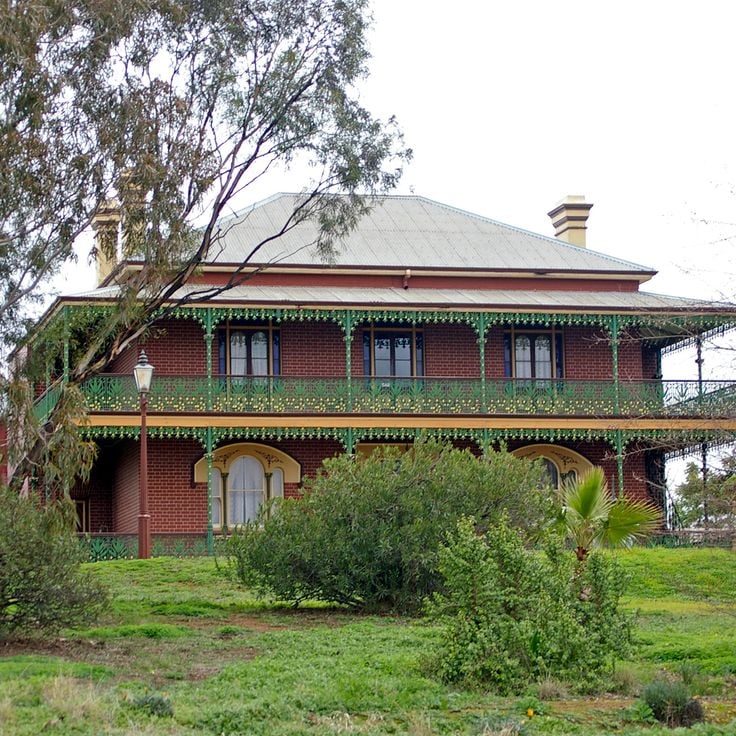
New South Wales, Australia
This Victorian mansion from 1885 functions as a museum of paranormal events. Visitors can join night tours to learn about reported supernatural occurrences.
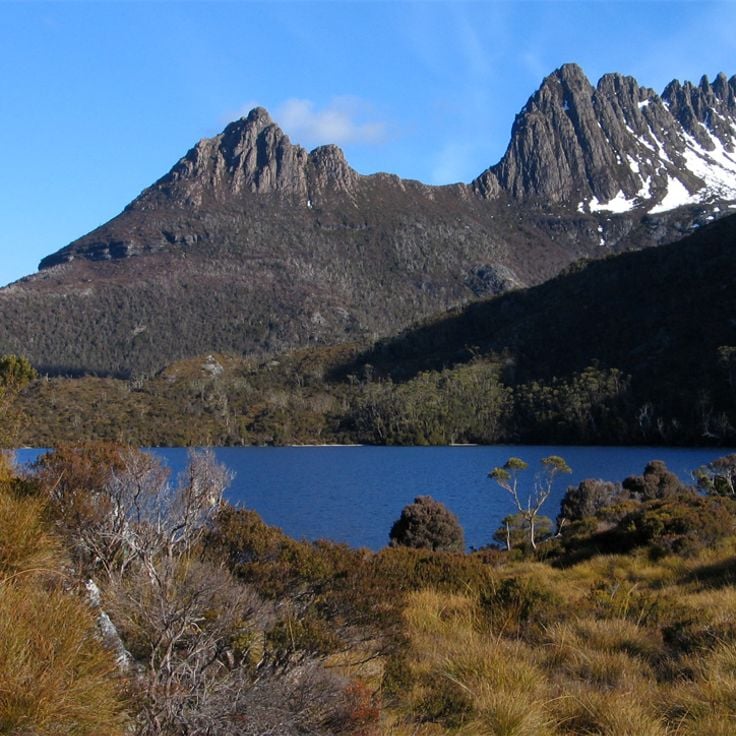
Tasmania, Australia
This protected area contains ancient rainforests and alpine regions. The reserve spans over one million hectares and houses numerous endemic plant and animal species.
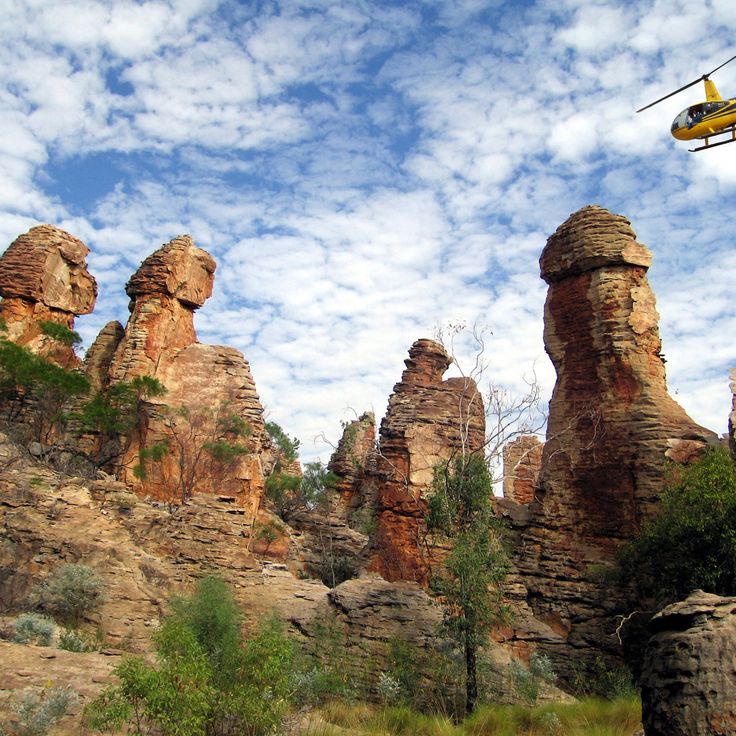
Northern Territory, Australia
Natural rock formations in red sandstone create patterns similar to city buildings. Access requires four-wheel drive vehicles through remote desert tracks.
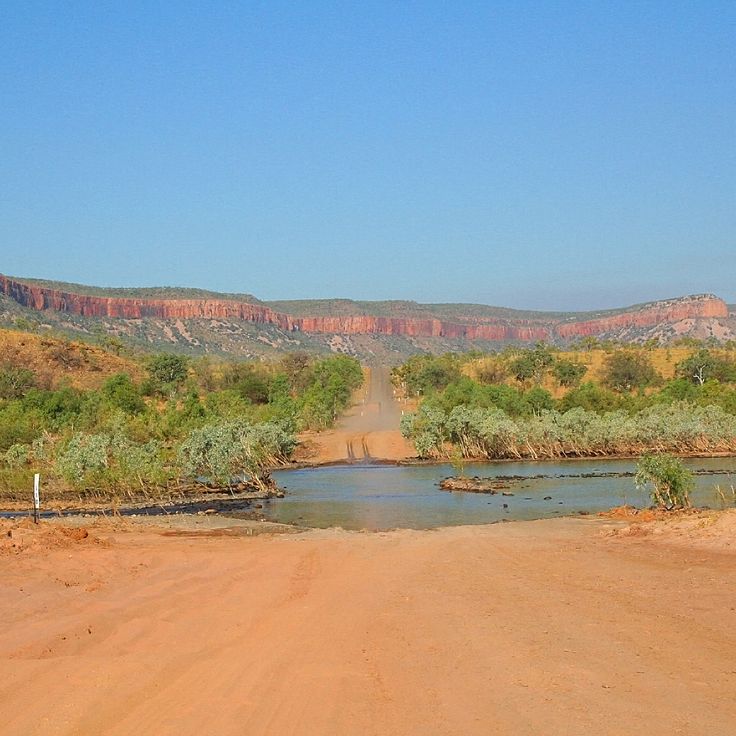
Western Australia, Australia
This 660-kilometer unpaved road crosses through gorges and cattle stations. The route passes waterfalls, rock formations, and contains examples of indigenous rock art.
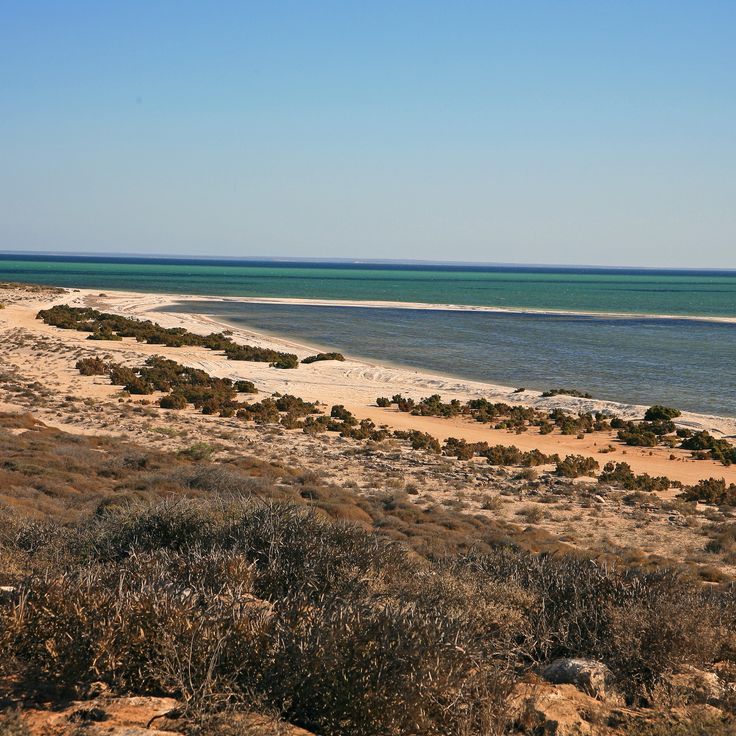
Western Australia, Australia
World Heritage area known for its pristine beaches, abundant wildlife including dugongs and dolphins.
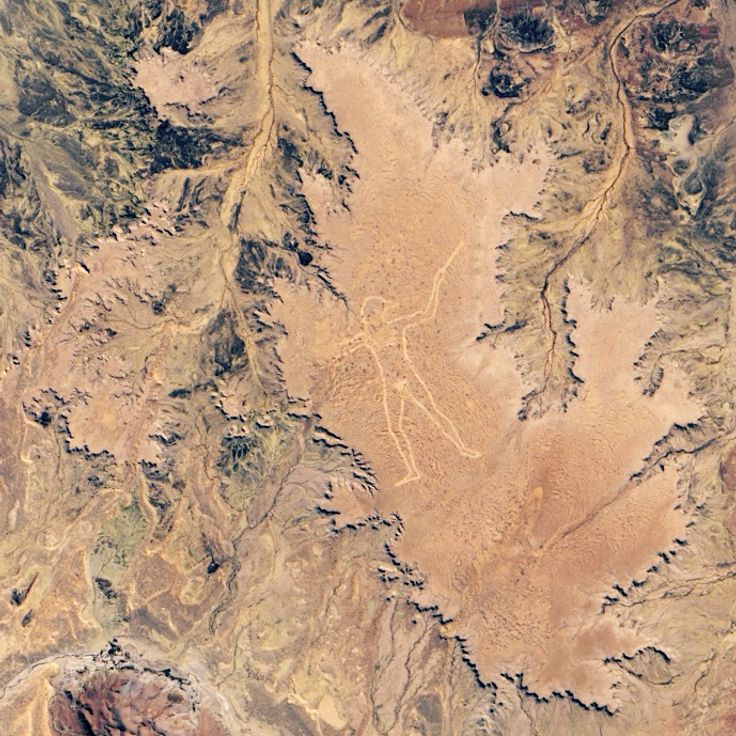
South Australia, Australia
Mysterious giant geoglyph of an indigenous man carved into the landscape, visible from the air.
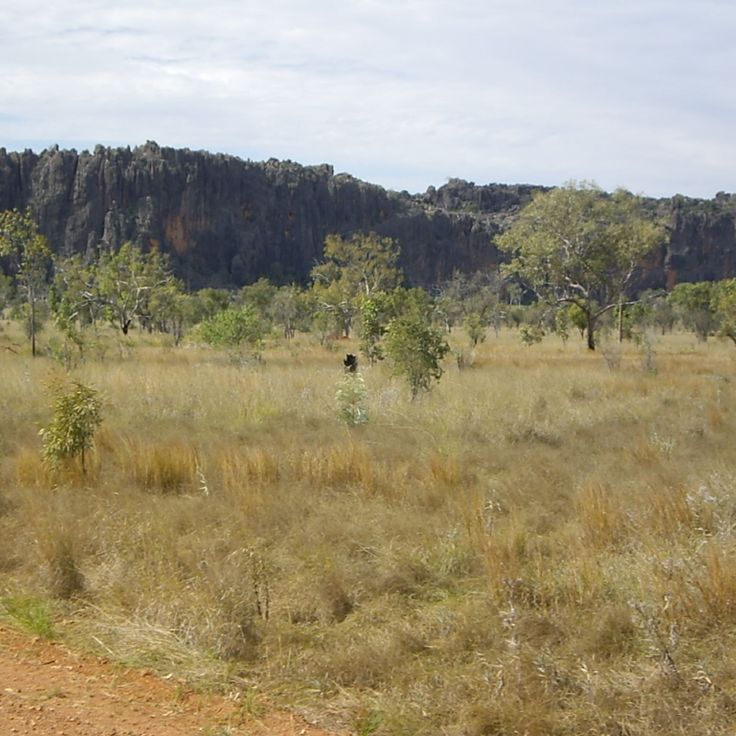
Western Australia, Australia
Stunning gorge set amid the Kimberley region with high cliffs and inhabited by freshwater crocodiles.
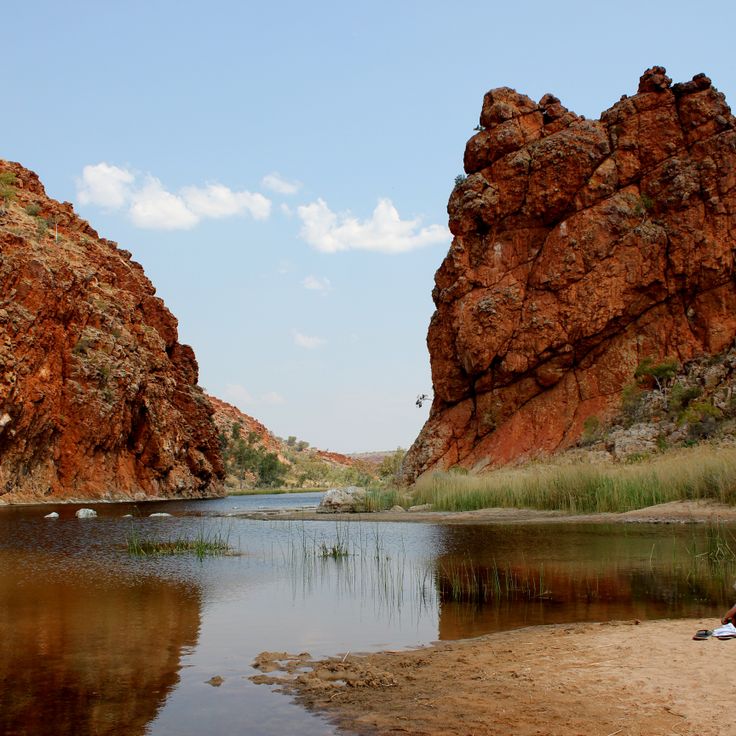
Northern Territory, Australia
Picturesque watering hole surrounded by towering red cliffs, important refuge for local wildlife.
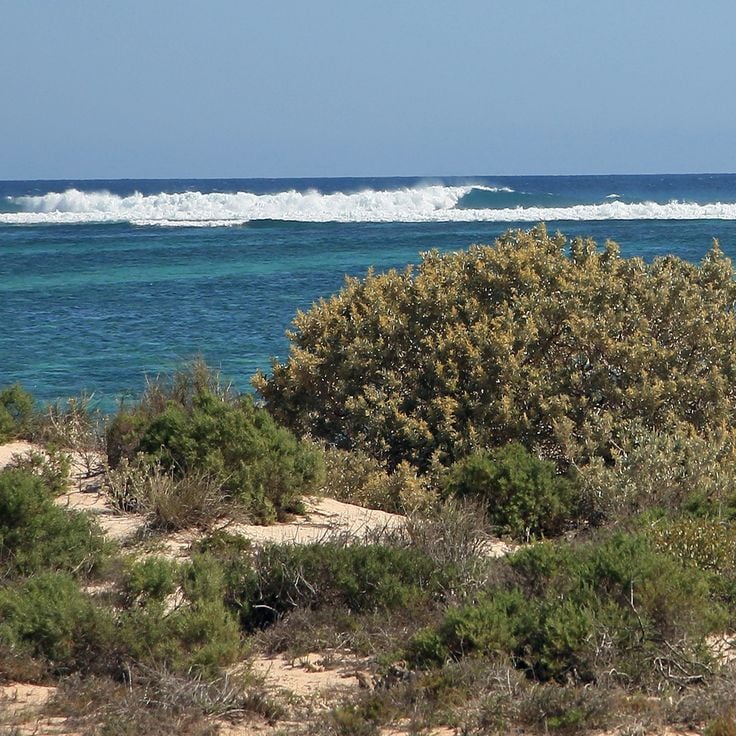
Western Australia, Australia
The coral reef system contains over 500 fish species and 300 coral species in clear waters. Visitors can swim with whale sharks.




























